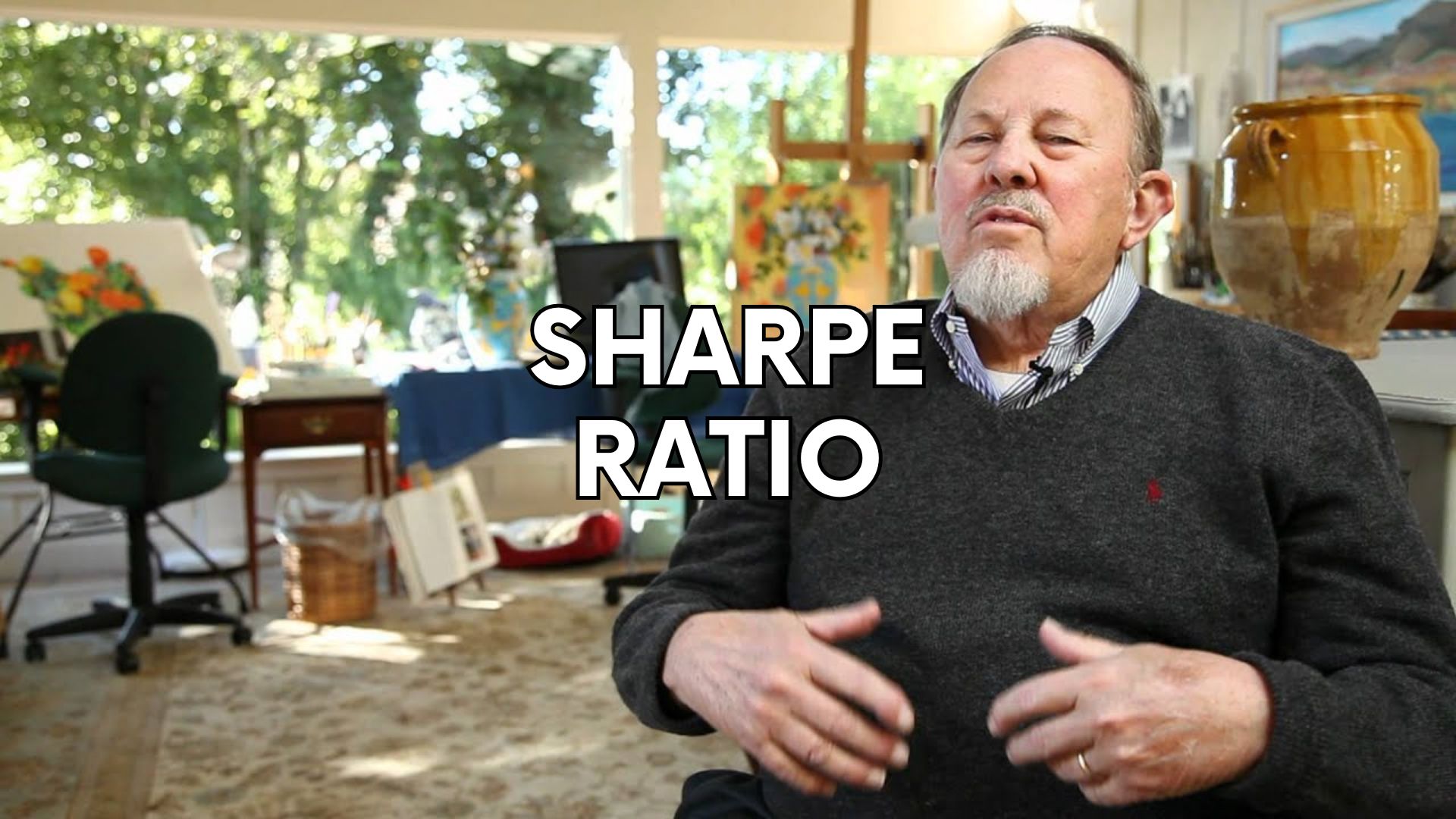
The Sharpe Ratio is a fundamental metric in finance, offering a critical lens through which investors can assess the risk-adjusted performance of their portfolios. This article delves into its origins, practical applications, and the methodology for its calculation.
Understanding the Sharpe Ratio
Developed by Nobel Laureate William F. Sharpe, the Sharpe Ratio quantifies the relationship between the return on an investment and the risk involved. Specifically, it measures how much excess return you receive for the extra volatility endured by holding a riskier asset. A higher Sharpe Ratio indicates a more favorable risk-return balance.
Introduced in 1966 by economist William F. Sharpe, the Sharpe Ratio emerged from the need to incorporate risk into the assessment of investment performance. Sharpe recognized that evaluating investment returns without considering risk presented an incomplete picture. His pioneering work provided investors with a robust framework for making more informed decisions by integrating risk into performance metrics.
The Sharpe Ratio is widely utilized across various segments of the financial industry:
The calculation of the Sharpe Ratio involves three primary components: the expected return of the investment, the return of a risk-free asset, and the standard deviation of the investment’s returns. The formula is:
[ \text{Sharpe Ratio} = \frac{(\text{Return of the investment} - \text{Return of a risk-free asset})}{\text{Standard deviation of the investment's returns}} ]
This formula measures the additional return per unit of risk, highlighting how much more return an investor can expect from a riskier asset compared to a risk-free asset.
The Sharpe Ratio is a cornerstone of financial education, providing critical insights into the risk-return profile of investments. While it should not be the sole criterion for investment decisions, it serves as an essential tool for evaluating investment performance. Mastering the Sharpe Ratio enables investors to navigate the complexities of financial markets with greater precision and confidence.
At Asset Whisper, we believe in empowering our readers with the knowledge to make informed investment choices. Understanding and utilizing the Sharpe Ratio is a vital step in that journey. By integrating this metric into your investment analysis, you can better gauge the efficacy of your investment strategies and achieve a more balanced and optimized portfolio.